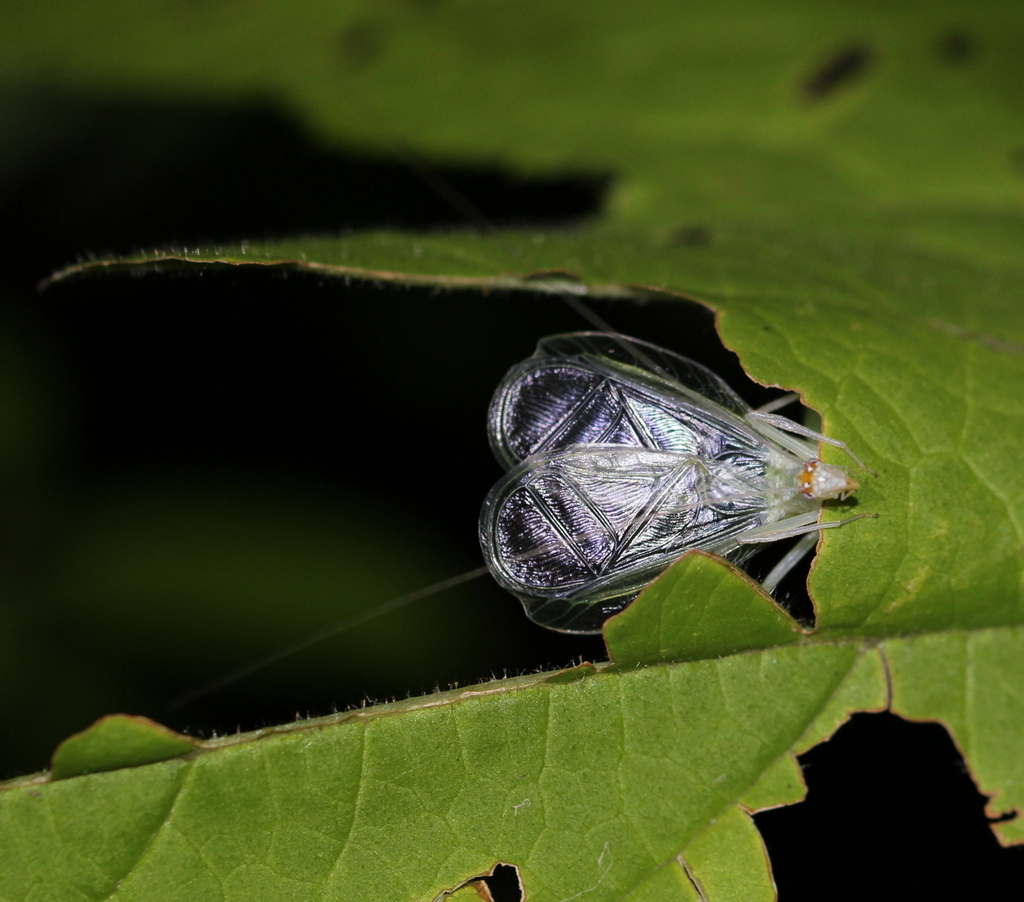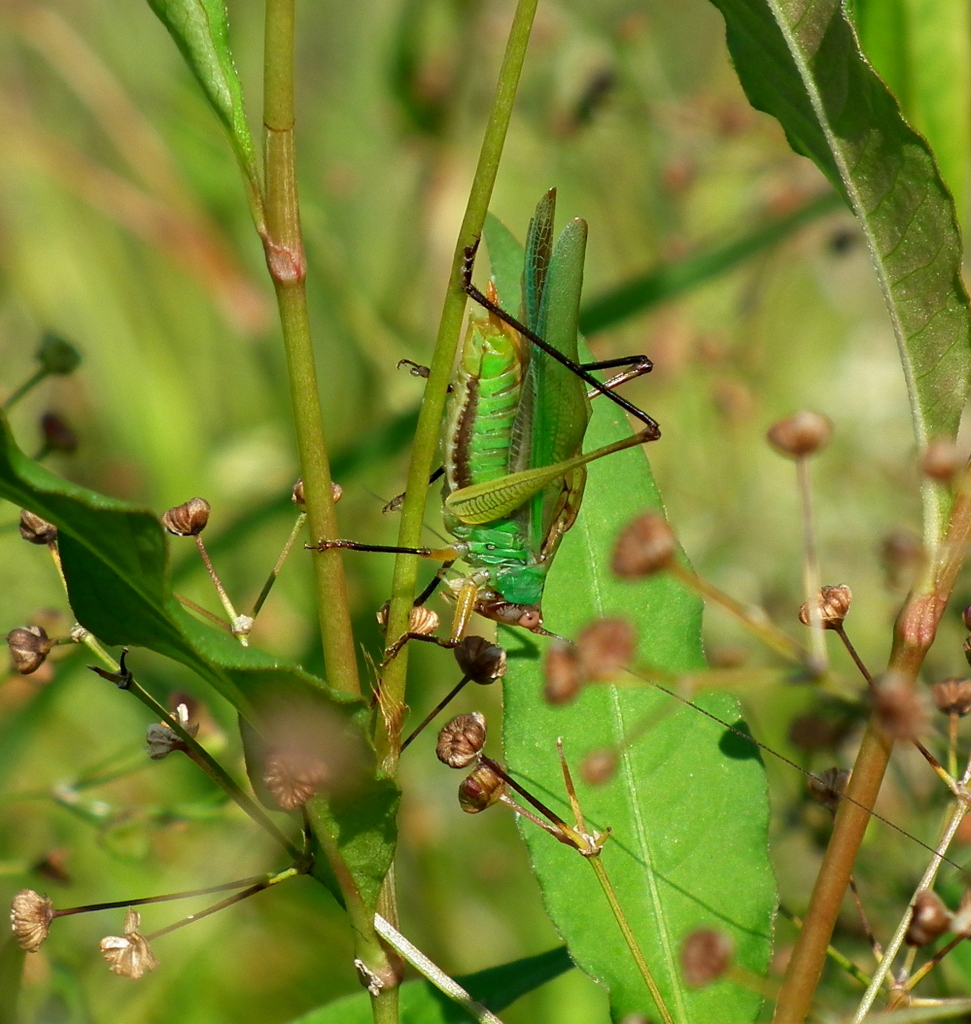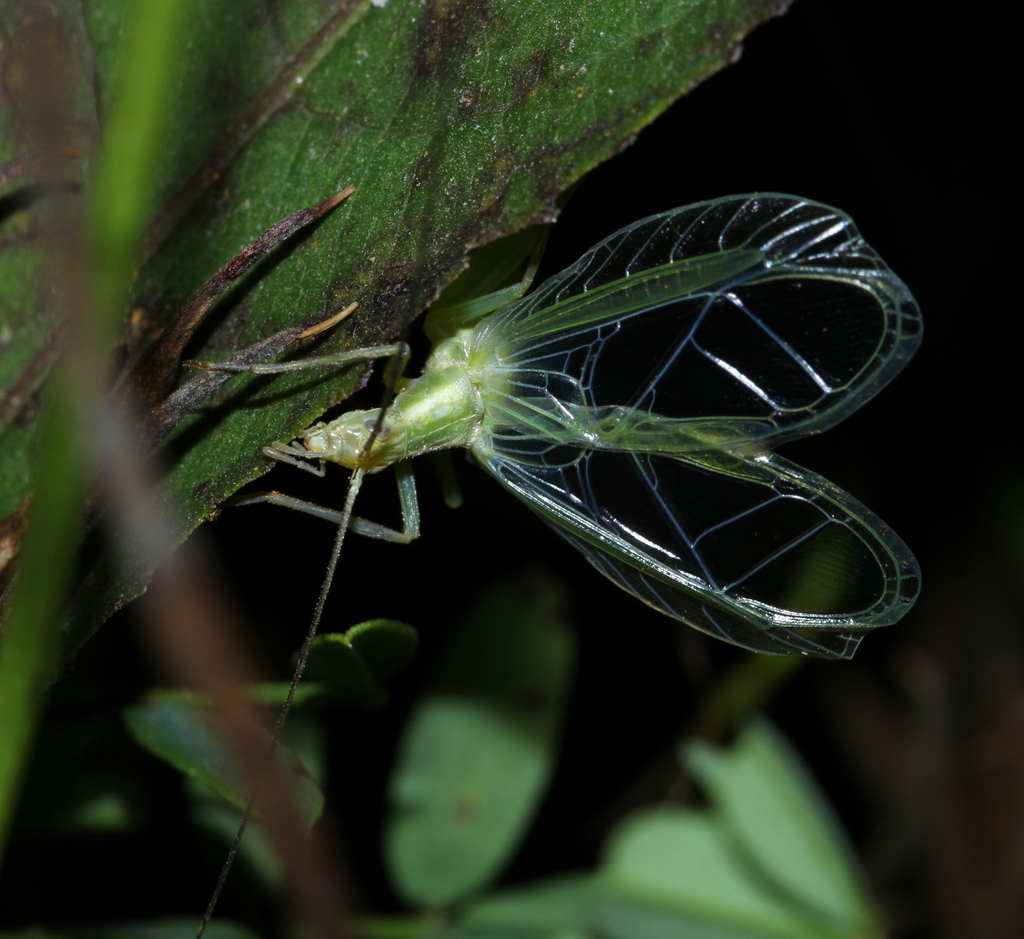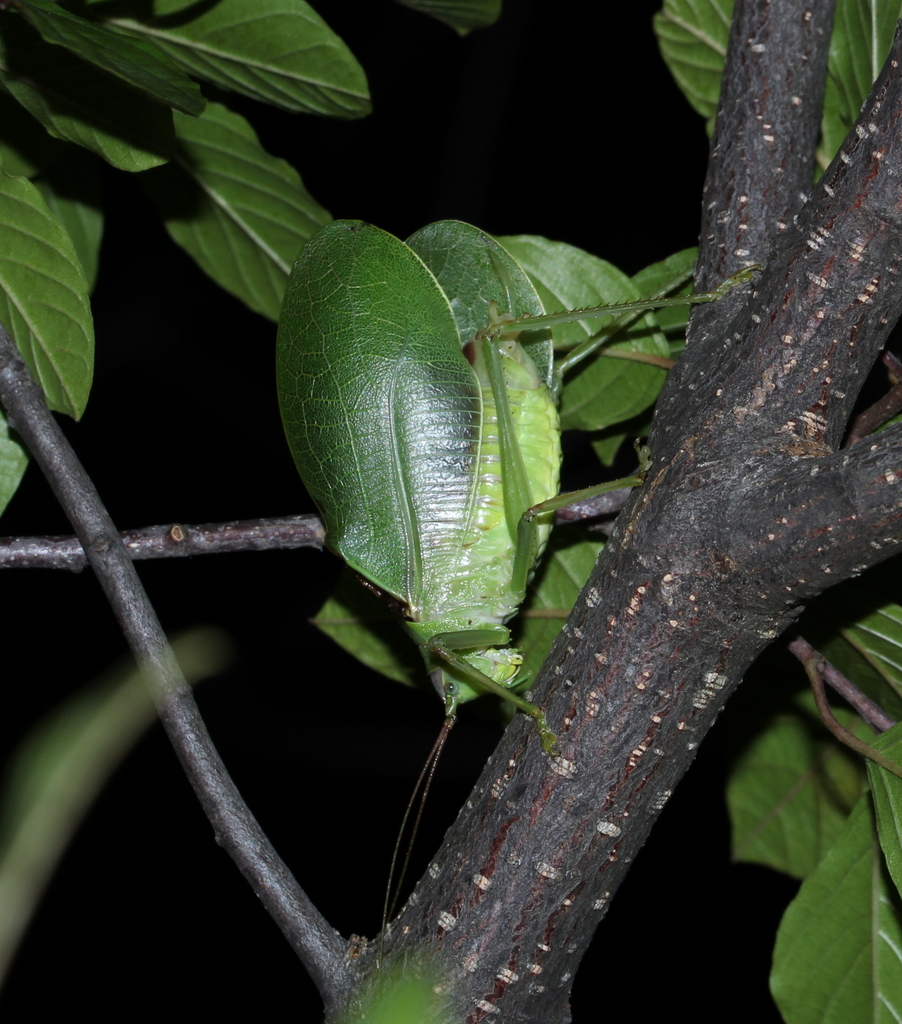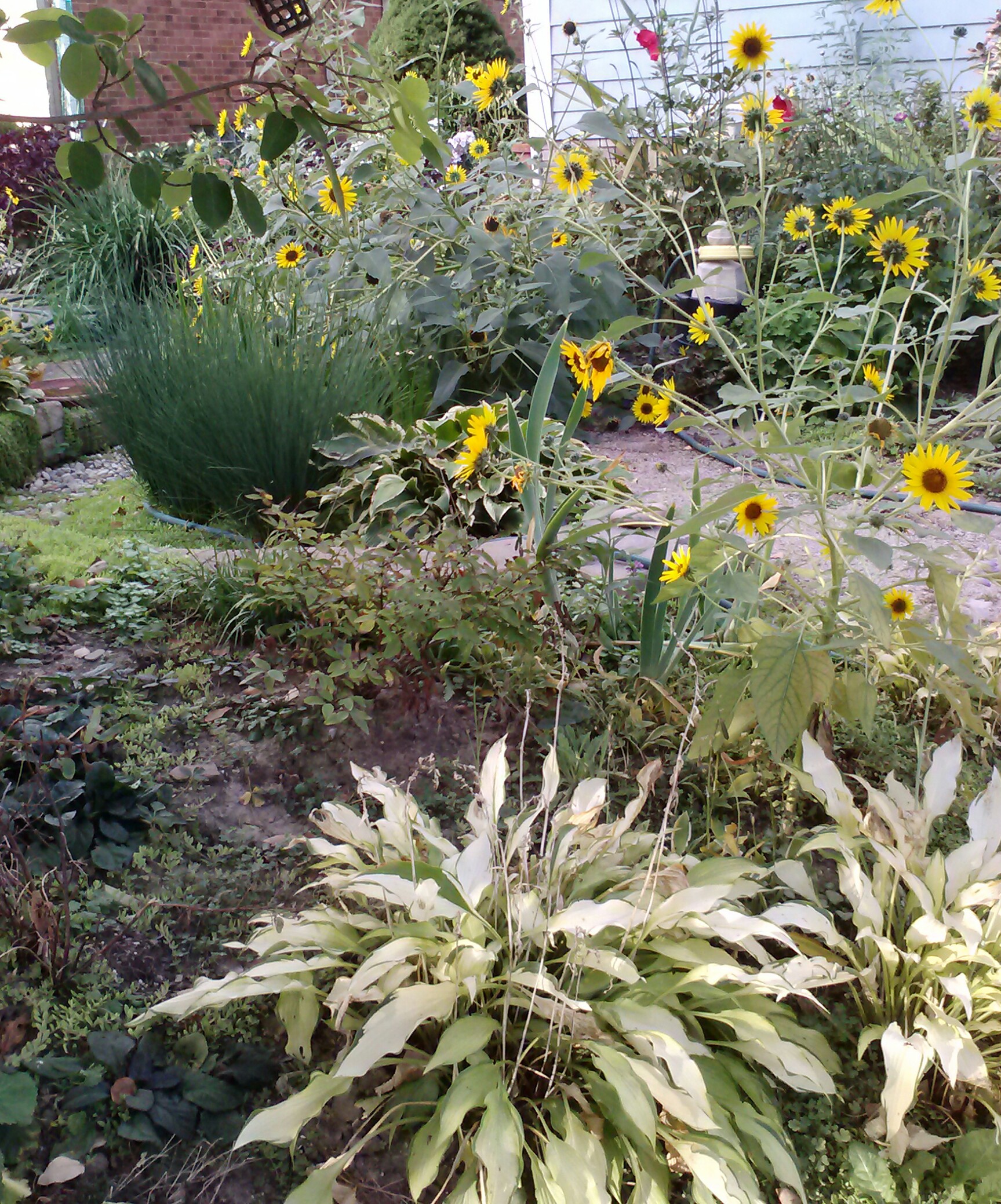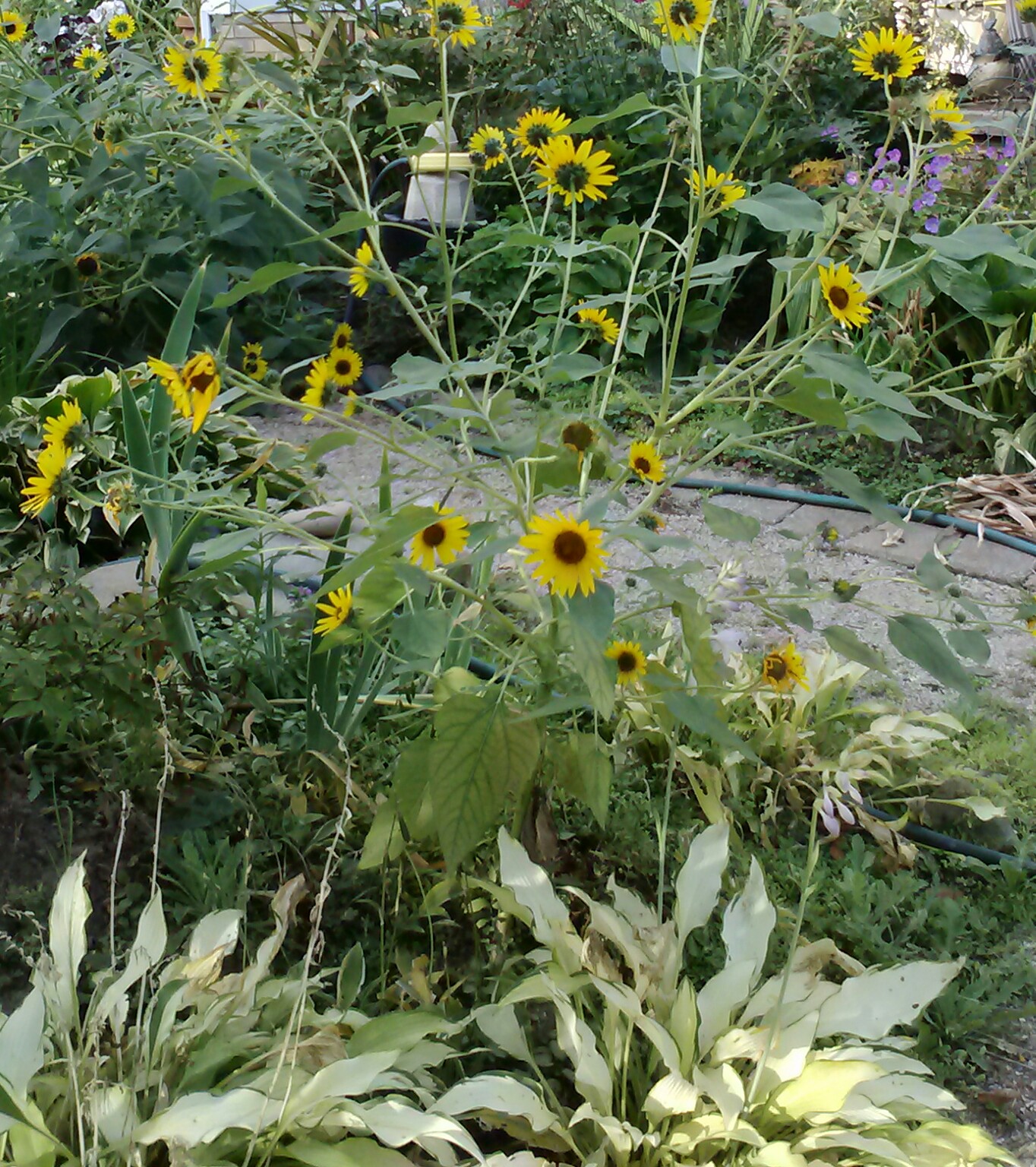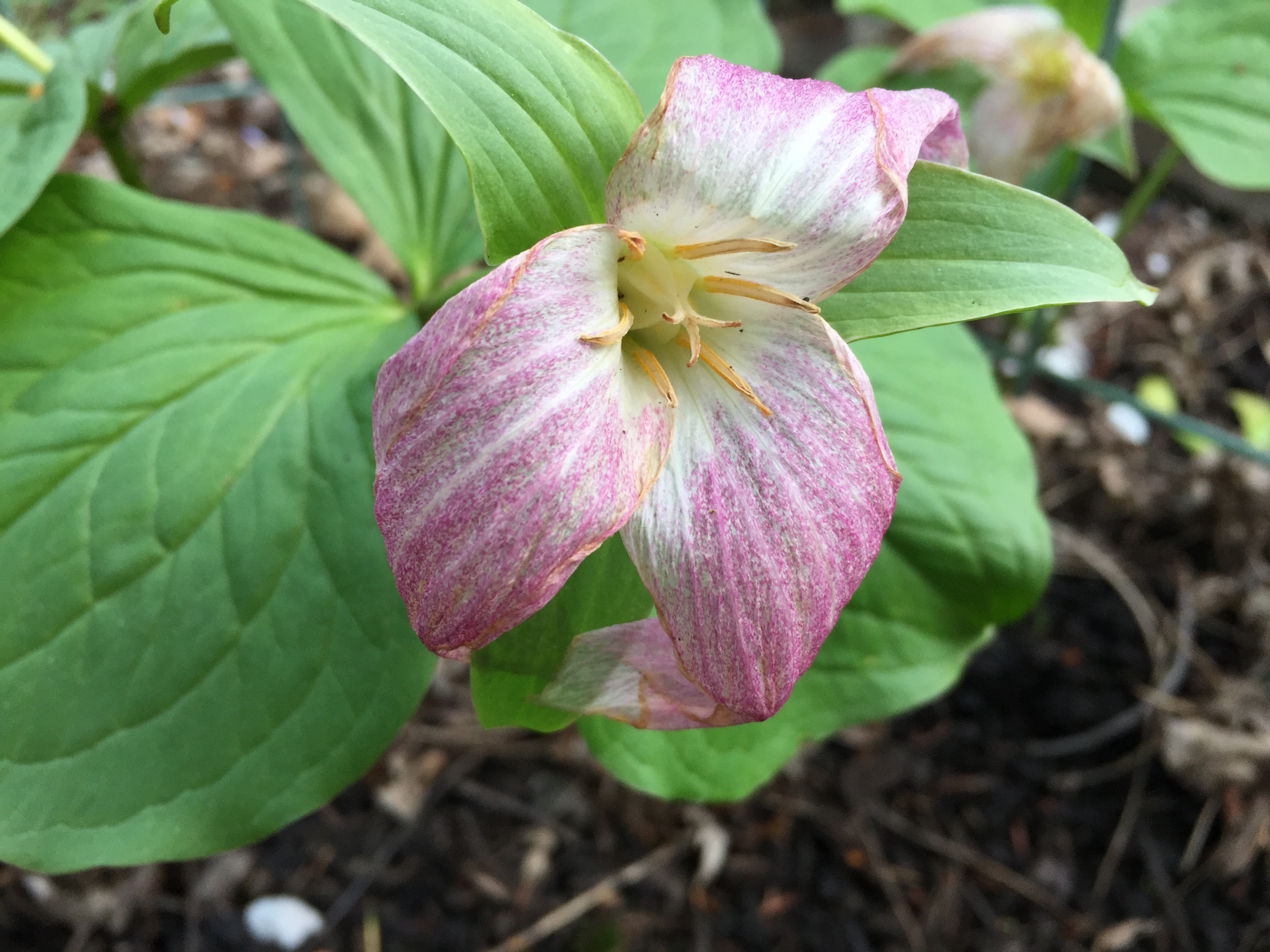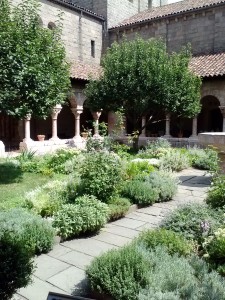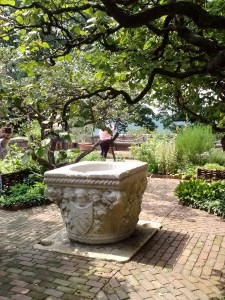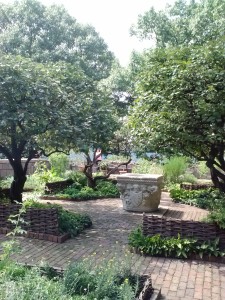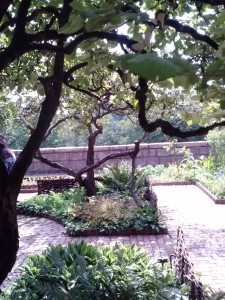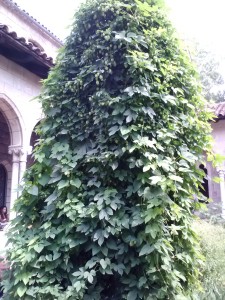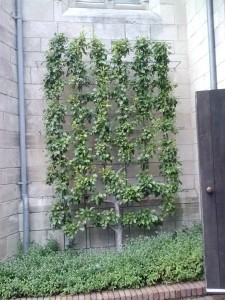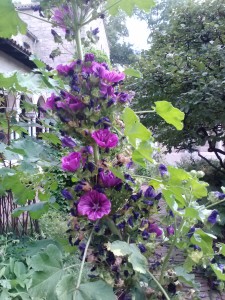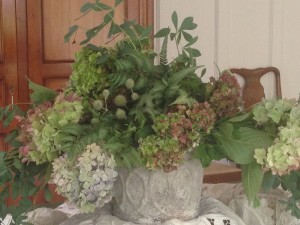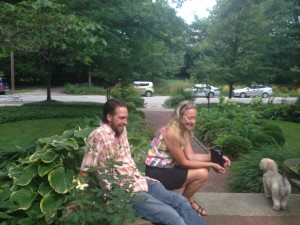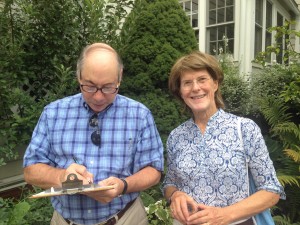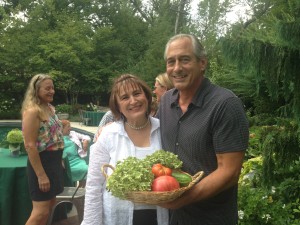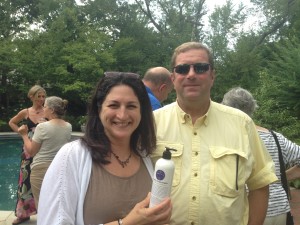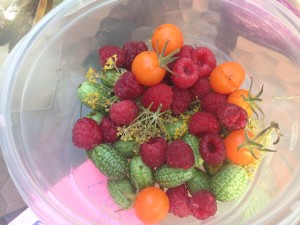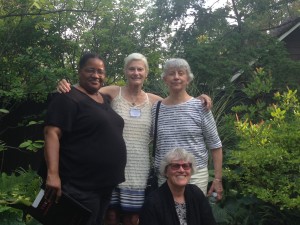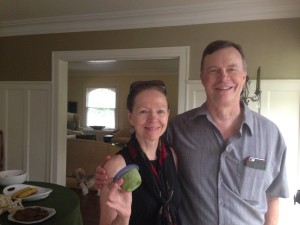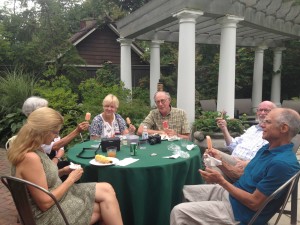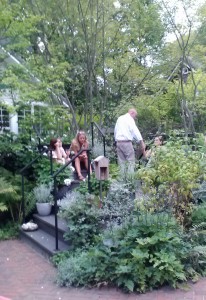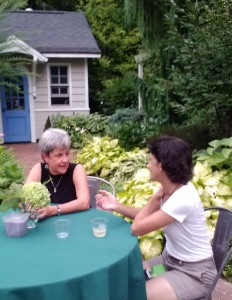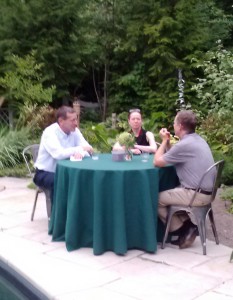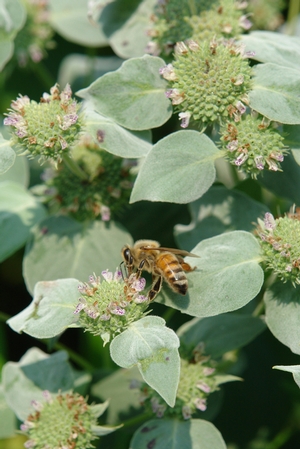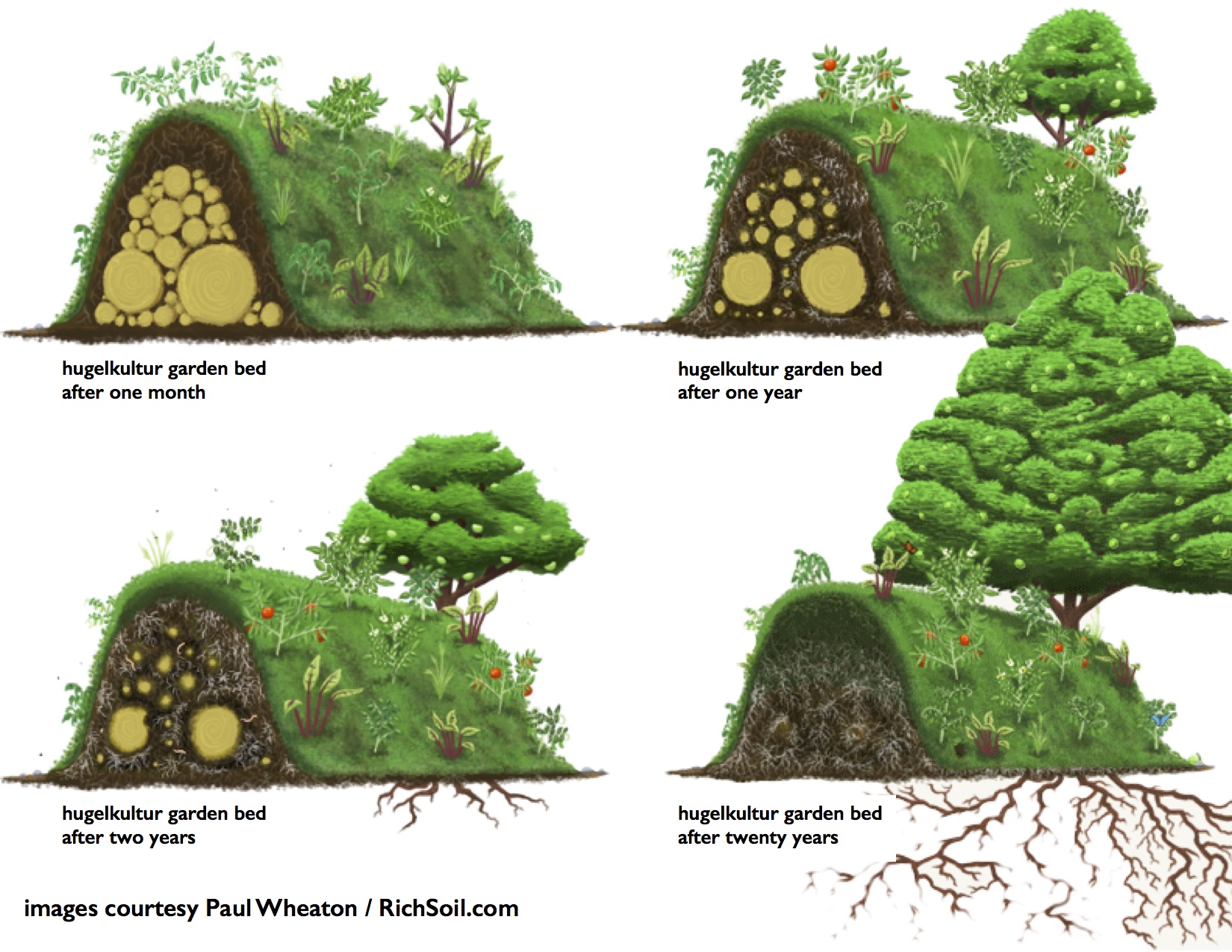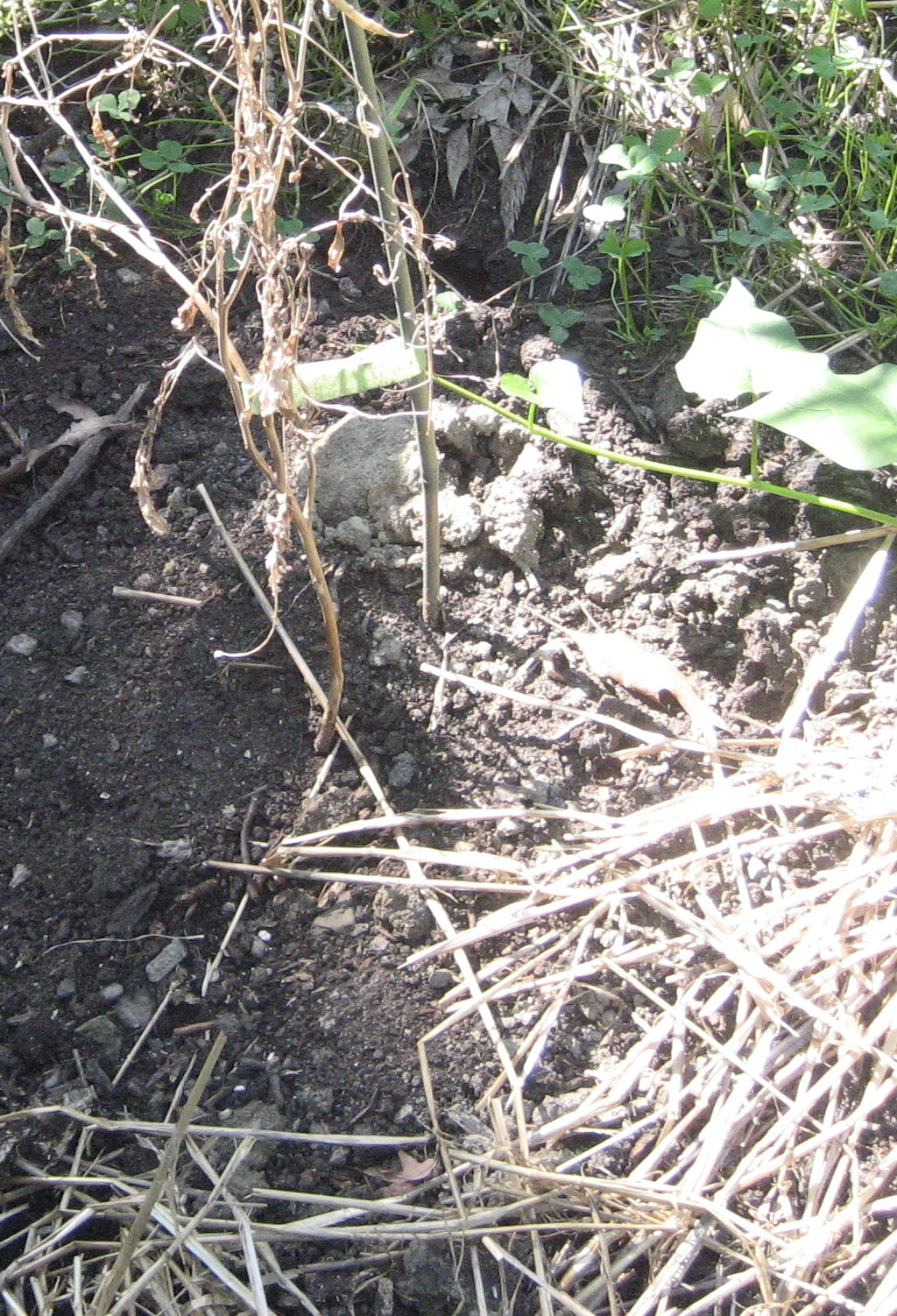Is It Ripe Yet?
Ann McCulloh
Sensory clues to help decide if it’s time to harvest your produce.
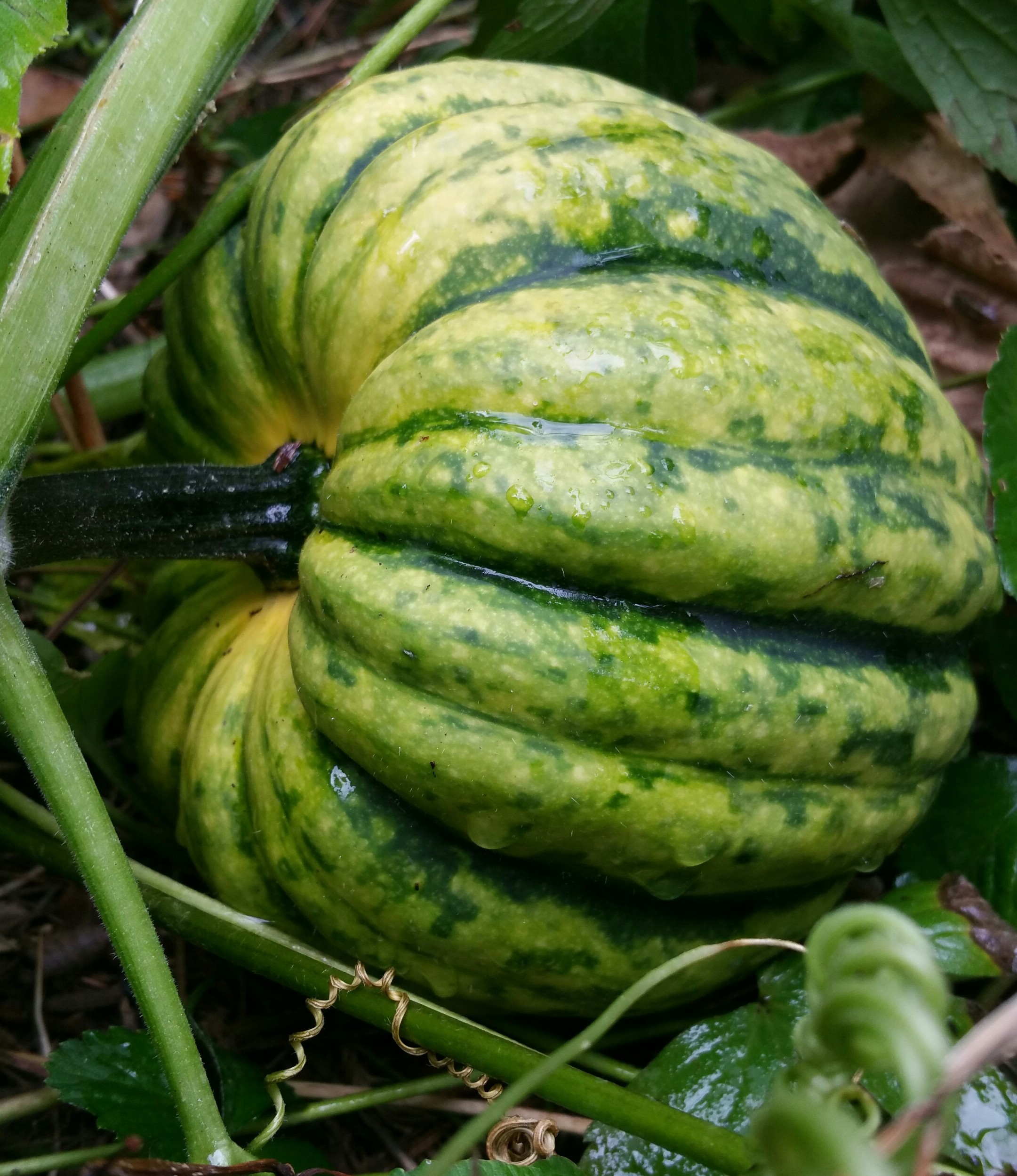
Ann McCulloh
You’ve tended the garden since spring. Improved the soil, planted carefully, weeded, watered, fed, staked, pinched and pruned! Finally it’s time to enjoy the fruits of your labors. How do you know when all that home-grown goodness is at its peak? Ready, but not over-the-hill? In a word: ripe?
Judging ripeness is all about the evidence of the senses. There’s certainly science involved: fruits and vegetables can be measured for sugar and water content, acidity and density. But recognizing ripeness is really a learned skill, a dance of anticipation and experience. Here’s where four of our senses (touch, smell, sight and hearing) come into play, before the ultimate test of taste.
Apple: Look for a background skin color skin more yellow than green. Cut into the heart and look for dark brown seeds and cream-colored flesh.
Canteloupe: Look for a yellow tinted skin, a light fragrance, slight softness at the stem end when pressed, and shake to hear seeds sloshing gently inside.
Corn: The silk turns brown, and the kernels are plump.
Dry Beans: Outer shell looks dry, yellow and leathery. Beans slide out easily with the swipe of a thumb and feel hard to the touch.
Eggplant: Firm and rounded, heavy for its size and skin still shiny
Green Beans: Pods should still be slim and smooth, not bumpy
Tomato: Pick when just fully colored and finish ripening indoors in a paper bag. Don’t chill!
Watermelon: Should be heavy for its size, with skin more dull than shiny and a creamy yellow bottom side. A thumped melon should yield a hollow sound.
Winter Squash: The rind will be too hard to puncture with a fingernail, the skin will be dull not glossy.
Zucchini: The smaller the better! Dull skin = hard seeds and spongy texture.
The best advice will take you only so far. Look, feel, sniff, listen, and observe. Then take a bite. Your taste buds will be your best teacher.
Is It Ripe Yet?
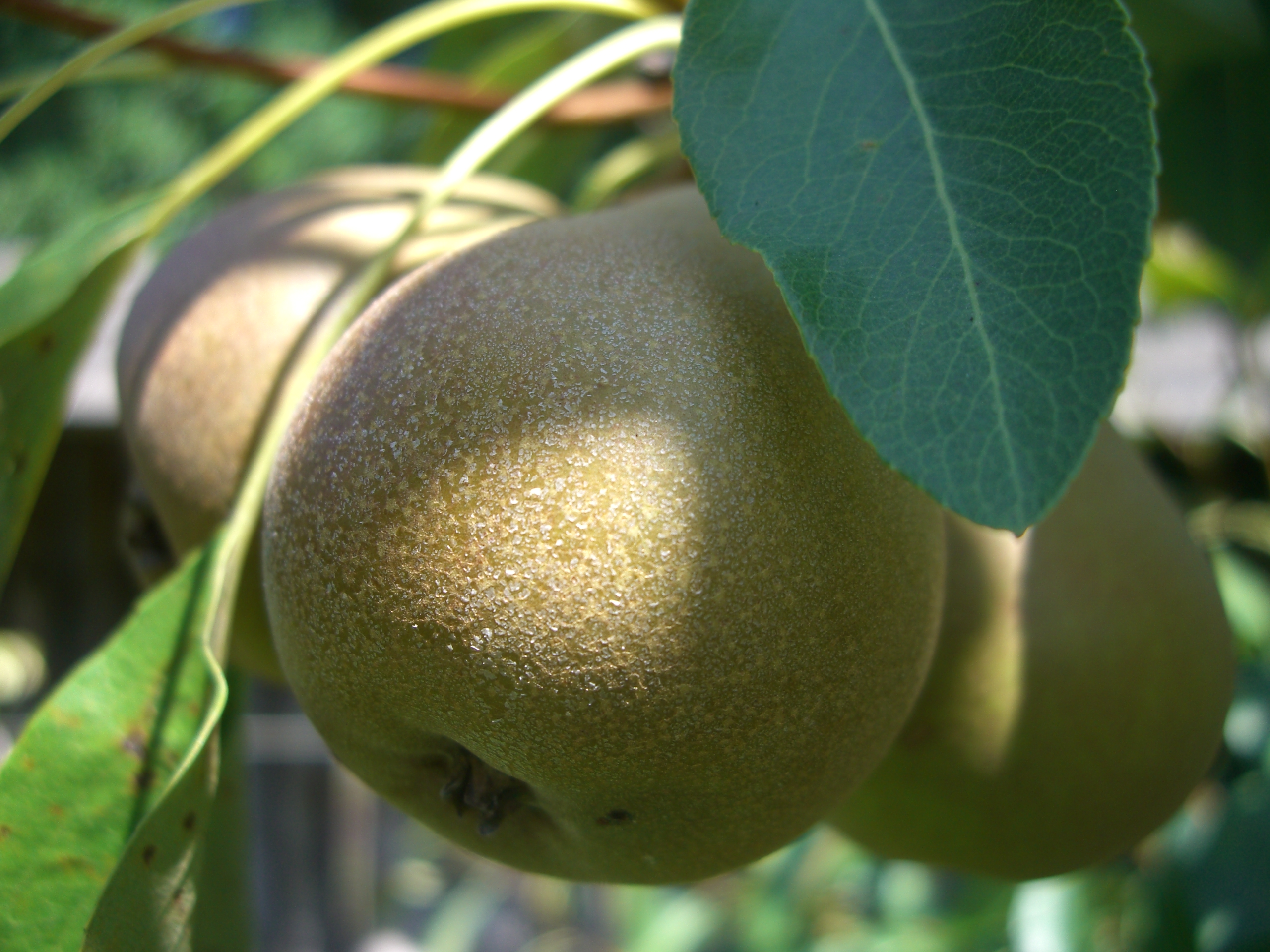
A sensory investigation
Thump a melon for its sound
Feel the cabbage fill and round
Sniff the peach for its perfume
Rub the grape, dispel its bloom
Heft a gourd and tug it loose
Bite the apple, savor juice…
_Ann McCulloh 2010


